Overview
Map
Other Details
دير مار يعقوب المقطّع
Ehden
Zgharta
North
دير مار يعقوب المقطّع - إهدن بُني الدّير أواخر القرن الثالث عشر بعد حملة المماليك. سنة ١٤٧٠ قطنه القس يعقوب ورفاقه الوافدين من الحبشة فدُعي بدير الأحباش نسبةً إليهم. سنة ١٤٨٨، طرد الإهدنيّون الأحباش واليعاقبة بعد معركة بقوفا، فأصبح الدّير مقرًّا لأساقفة إهدن. سنة ١٦٣٢، سكنه الفرنسيسكان. جعله البطريرك إسطفانوس الدويهيّ مدرسةً لتعليم الأحداث عندما كان كاهنًا. سنة ١٩٧٦ إنهارت الكنيسة إثر عاصفة ثلجيّة. أعيد ترميمها وتكريسها صيف ٢٠٠٤ على يد المطران سمير مظلوم. Saint Jacob the Persian Monastery - Ehden Saint Jacob's Monastery was built at the end of the XIIIth century, after the Mamluks' invasion. In 1470, it was inhabited by Abyssinian monks. However, in 1488, the Ehdenites expelled the monks from the monastery after the Battle of Bqoufa. Later on, the monastery became the seat of Ehden's bishops. Then, in 1641, it was inhabited by Franciscan monks. In 1657, Fr. Estfen al Doueihy (later patriarch) turned it into a school for Ehden's youth. During the 18th century, the convent was completely abandoned. In the winter of 1976, a blizzard destroyed the church. Finally, it was restored in 2004 and reconsecrated by Bishop Samir Mazloum.
Visited 2385 times, 5 Visits today
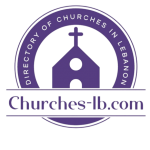


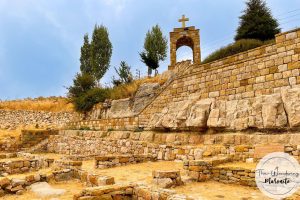
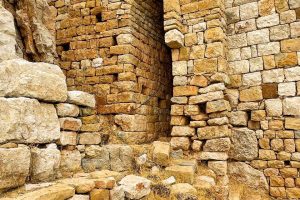
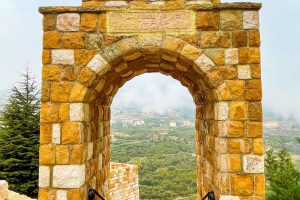
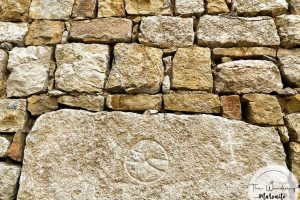
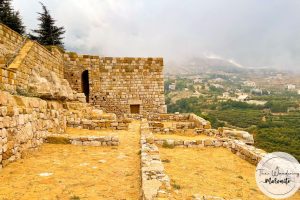
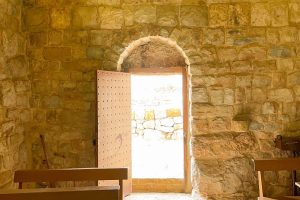
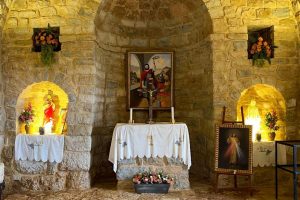
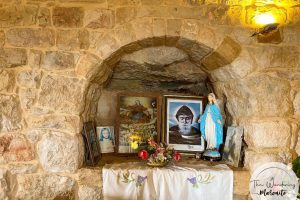
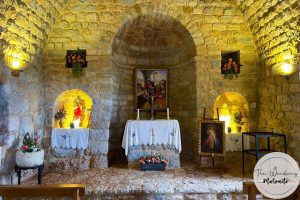









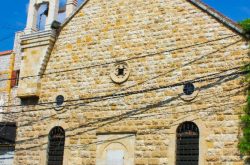
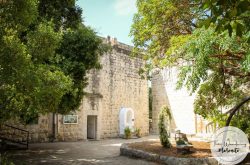
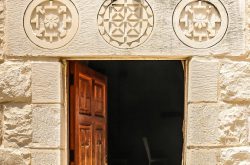
Reviews are disabled, but trackbacks and pingbacks are open.